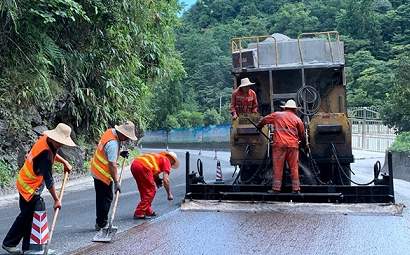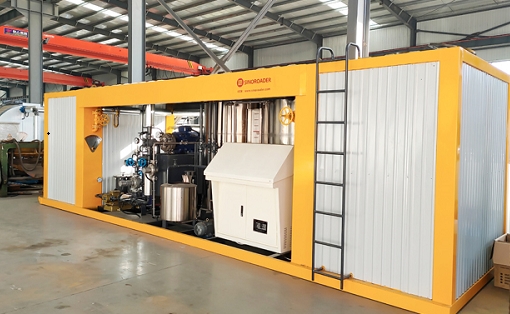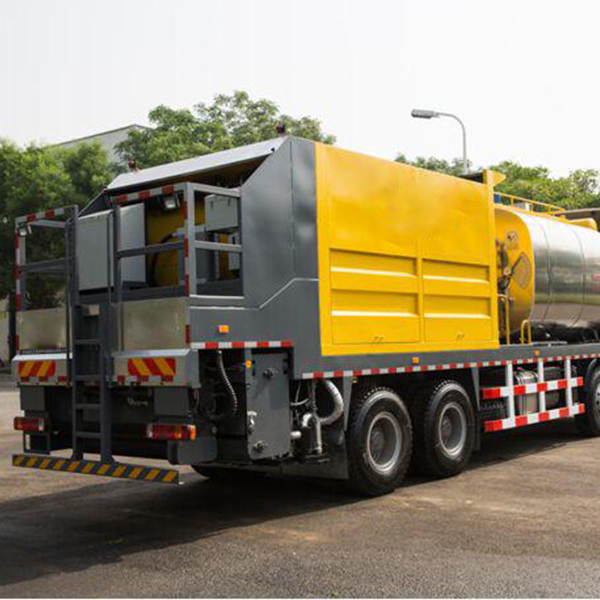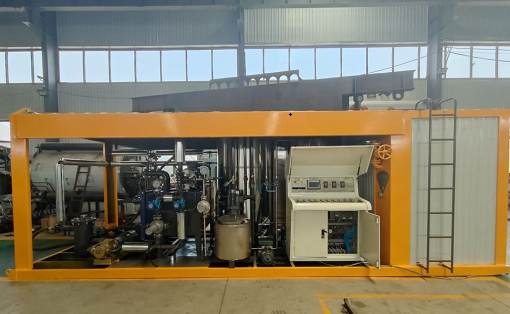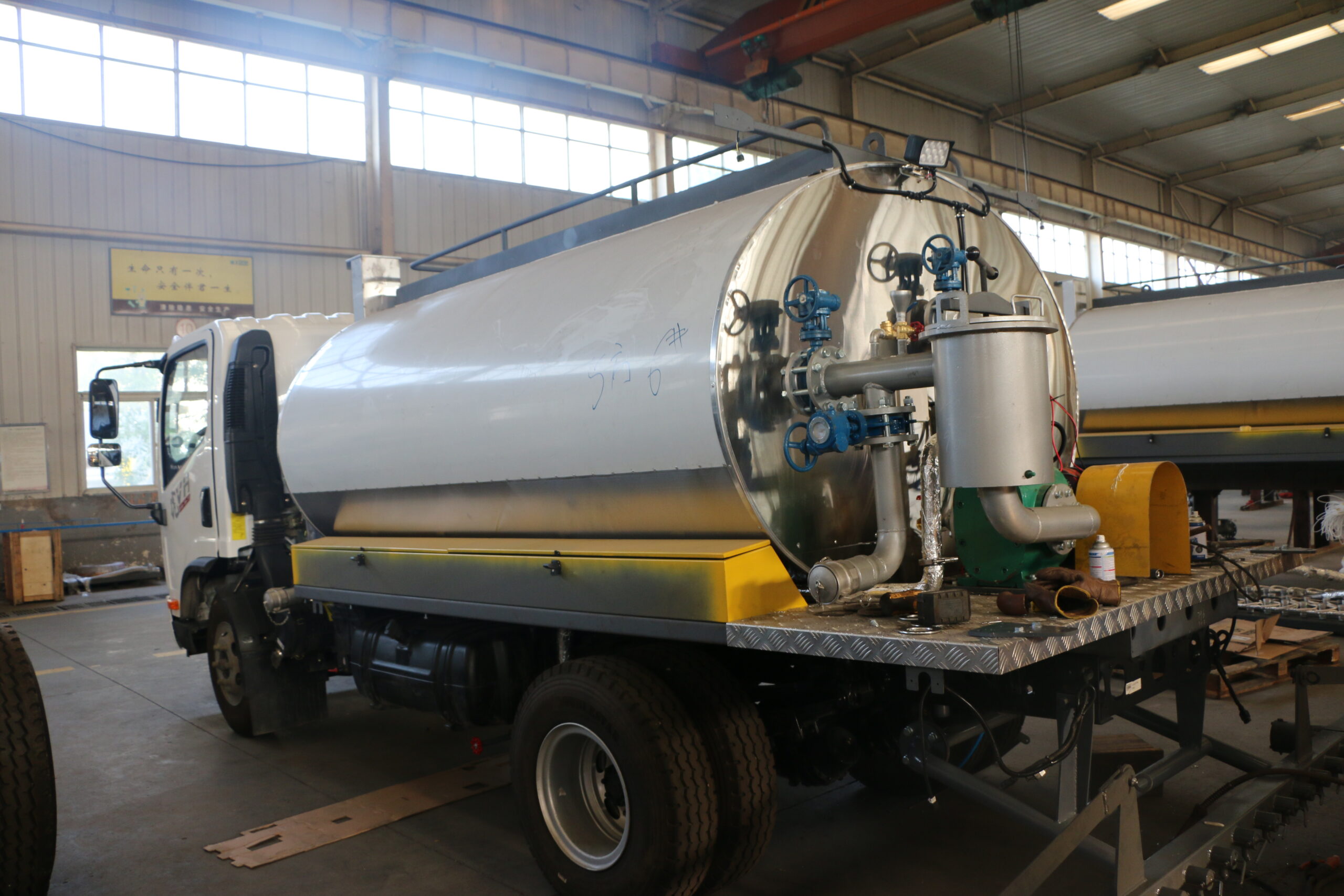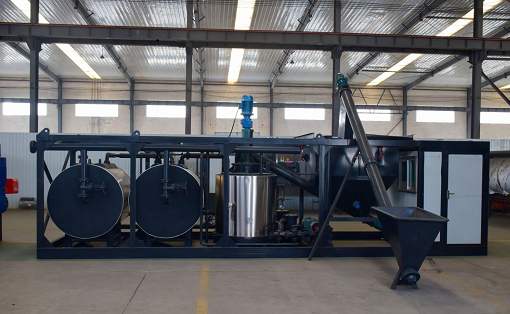Specific construction steps of slurry sealing layer
The slurry seal truck is mainly used for preventive maintenance of municipal pavement. It can improve the quality of the seal, effectively improve the integrity and crack resistance of the seal, extend the service life, and the construction process is simple without adding too many construction links. It is a kind of road maintenance equipment that has become quite popular in recent years.
The slurry seal truck is mainly used for preventive maintenance of municipal pavement. It can improve the quality of the seal, effectively improve the integrity and crack resistance of the seal, extend the service life, and the construction process is simple without adding too many construction links. It is a kind of road maintenance equipment that has become quite popular in recent years.
(1) Construction preparation. The following measures are mainly taken: closing traffic and setting up safety helmets, signs, speed limit signs and other traffic signs. To deal with the disease on the original road surface and remove mud, dust, loose particles and other debris on the original road surface, high-pressure water cleaner can be used to clean it, but there should be no accumulation of water.
When the air temperature and ground temperature are high, water should be sprinkled on the original road in advance, and construction should be carried out immediately after the road surface is wet to delay the demulsification time of the mixture. Review the performance indicators of raw materials and use them only after passing the inspection. During storage, materials should be prepared and stacked in batches, and mixed stacking is not allowed to ensure reasonable gradation of the mixture.
(2) Stir the mixture. During construction, a sealing truck is used for on-site mixing. The sealing truck should have an automatic metering function to ensure that emulsified asphalt, water, mineral materials, fibers, etc. are mixed according to the designed ratio, and the slurry sealing paver should be measured and calibrated regularly.
In mixture design, reasonable determination of fiber dosage is key. The effect of the economic dosage of fiber and asphalt and the road performance should be comprehensively considered, and the construction workability should be considered. The wet wheel wear and load wheel method should be used to comprehensively determine. When the fiber dosage is too high, the workability will be weakened and construction will be inconvenient. When it is too low, the wear value increases, and the final fiber dosage should be determined reasonably. Generally, the fiber dosage is controlled at 2% to 3%, and the asphalt dosage is controlled at 10% to 13%.
During mixing, control the workability of the mixture. According to changes in on-site temperature, solid content of emulsified asphalt and moisture content of mineral materials, the mixture mix should be adjusted in time. The slurry mixture breaks emulsification quickly, and the consistency of the mixture during mixing must be controlled to ensure uniform mixing and ease of construction. The daily average temperature during the construction period should be greater than 10°C, and construction on rainy days is strictly prohibited. Ensure the workability of the slurry mixture and carry out construction.
(3) Mixed material paving. Determine the number of paving widths based on the road surface width and paving width, and start paving in the driving direction. When paving begins, the mixture flows into the paving trough. When there is 1/3 of the mixture in the paving trough, the paver starts.
Before construction, open the guide ruler of the sealing truck to guide the forward direction of the sealing truck and ensure that the sealing line is even and straight. The sealing vehicle should drive at a constant speed and the speed should be controlled at about 20m/min. The driving line should be straight and even to ensure consistent paving thickness. Any uneven thickness should be adjusted in time.
During the paving process, parking without reason is prohibited. When all the mixture in the mixing box and paving trough has been spread, it will stop moving forward and clean the paving trough in time to ensure that the paving trough is clean.
Set up dedicated personnel to find and deal with existing quality problems, and existing problems should be repaired and dealt with immediately. The smooth surface found should be manually treated with a broom or rake to improve the roughness of the sealant surface.
(4) Construction joints. Use the butt jointing method to process the joints of the two panels, so that all corners of the paving trough are pressed against the edge of the other panel. It should be ensured that there are no overlaps or gaps, and that the joints and lines are straight. For any overlaps that occur, the overlapping parts should be cleared and smoothed.
The butt joint method is also used for the transverse joints to ensure that the joints are at the same height and prevent the car from jumping. The slurry at the joints should be quickly cleaned with a broom during demulsification to prevent the formation of a continuous oil film. The bad parts of the joints must be manually treated, and the local scratches that appear must be manually eliminated by diagonal pulling.











